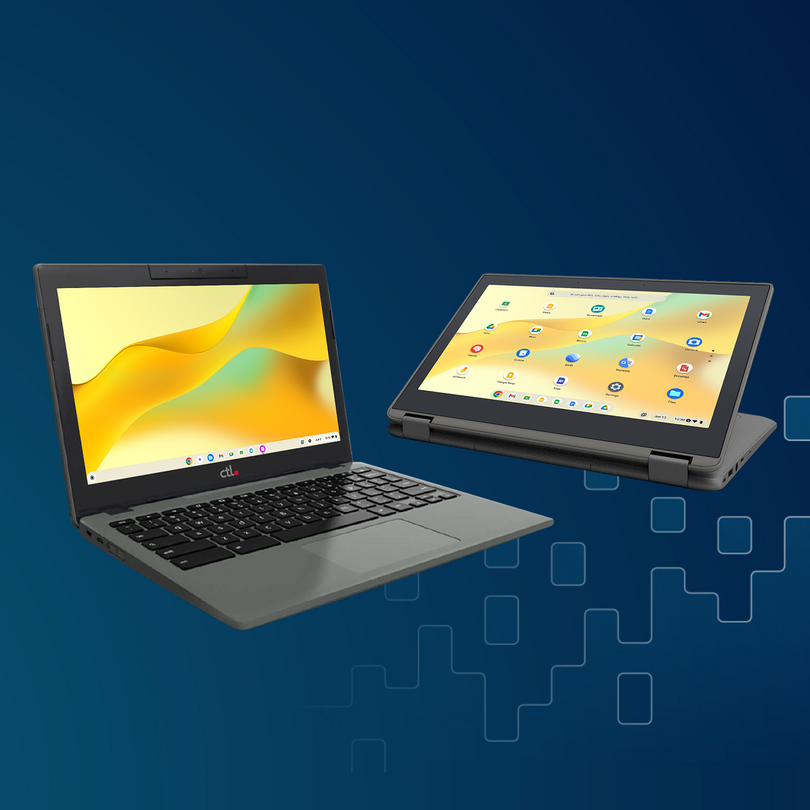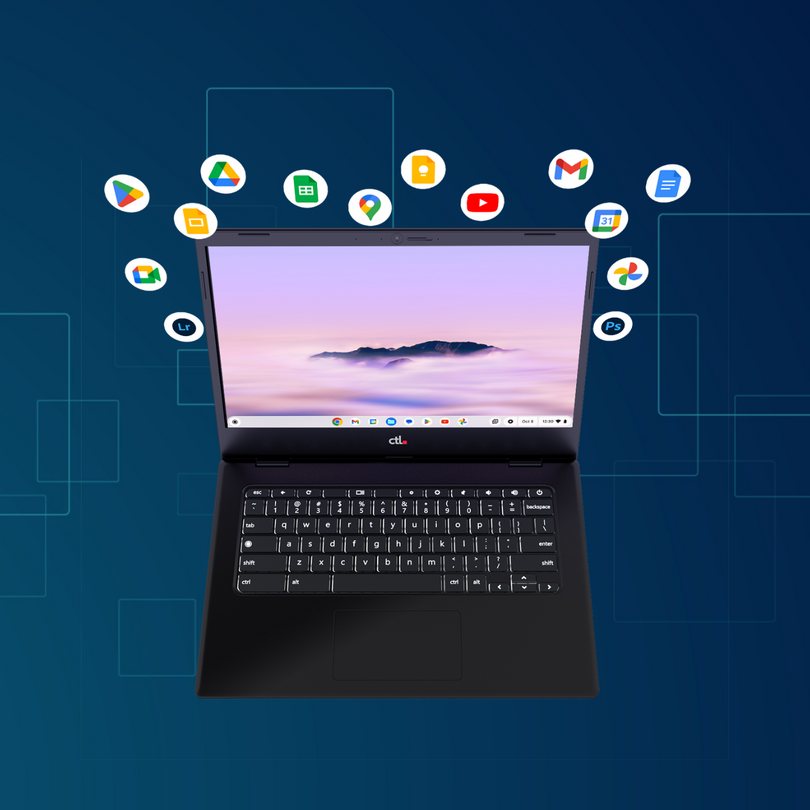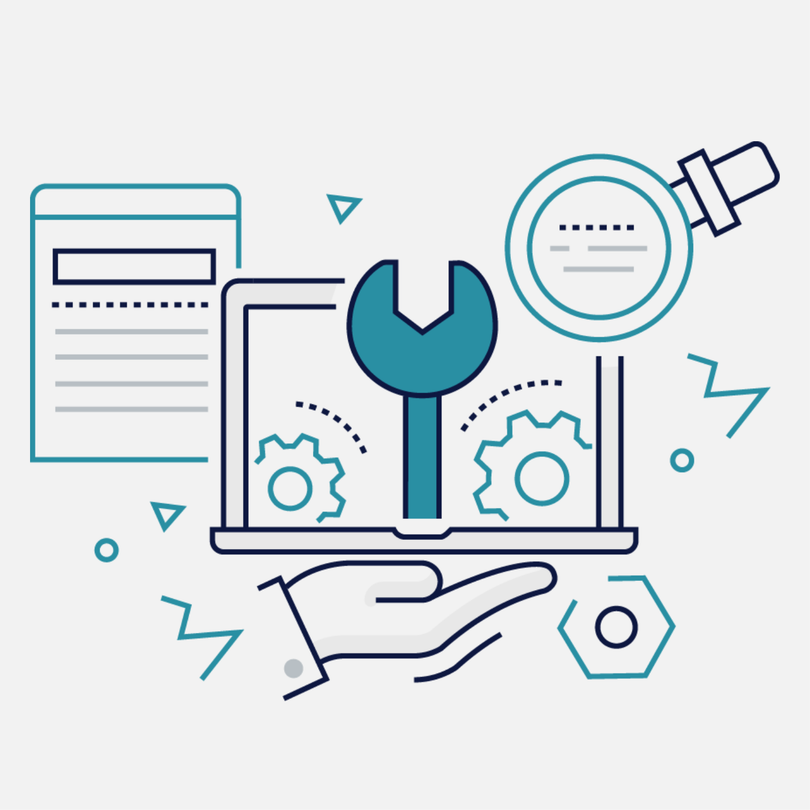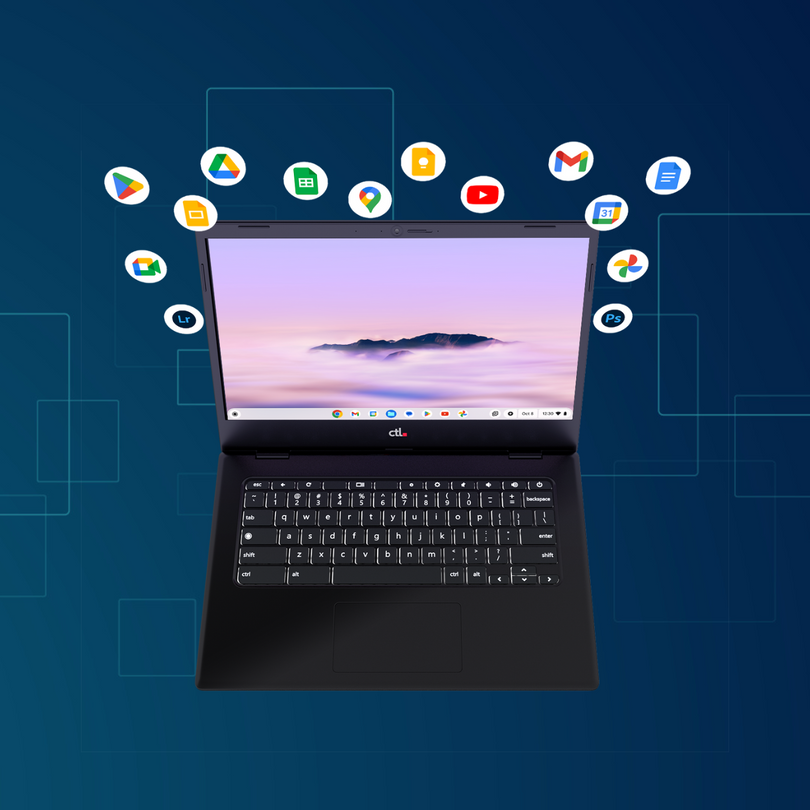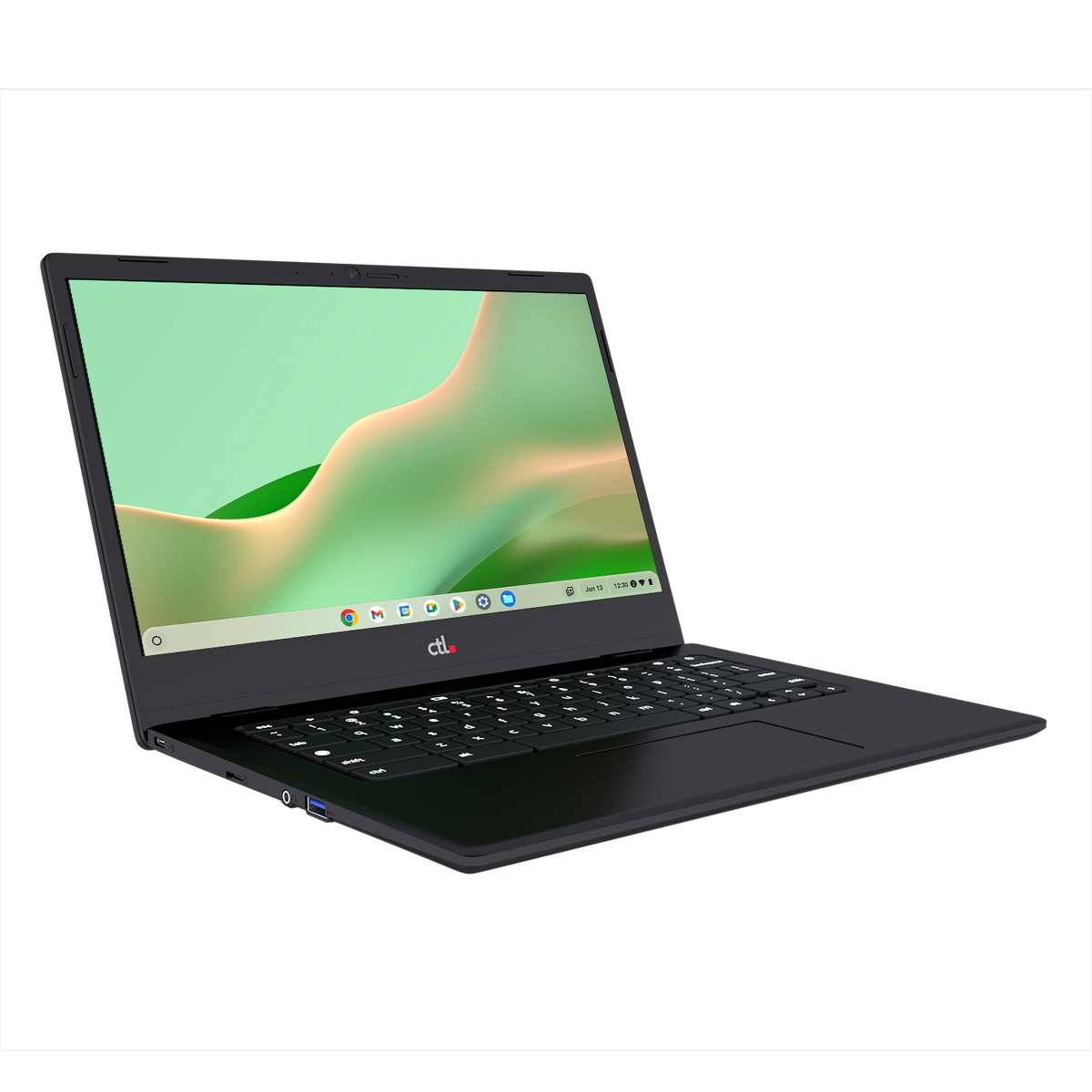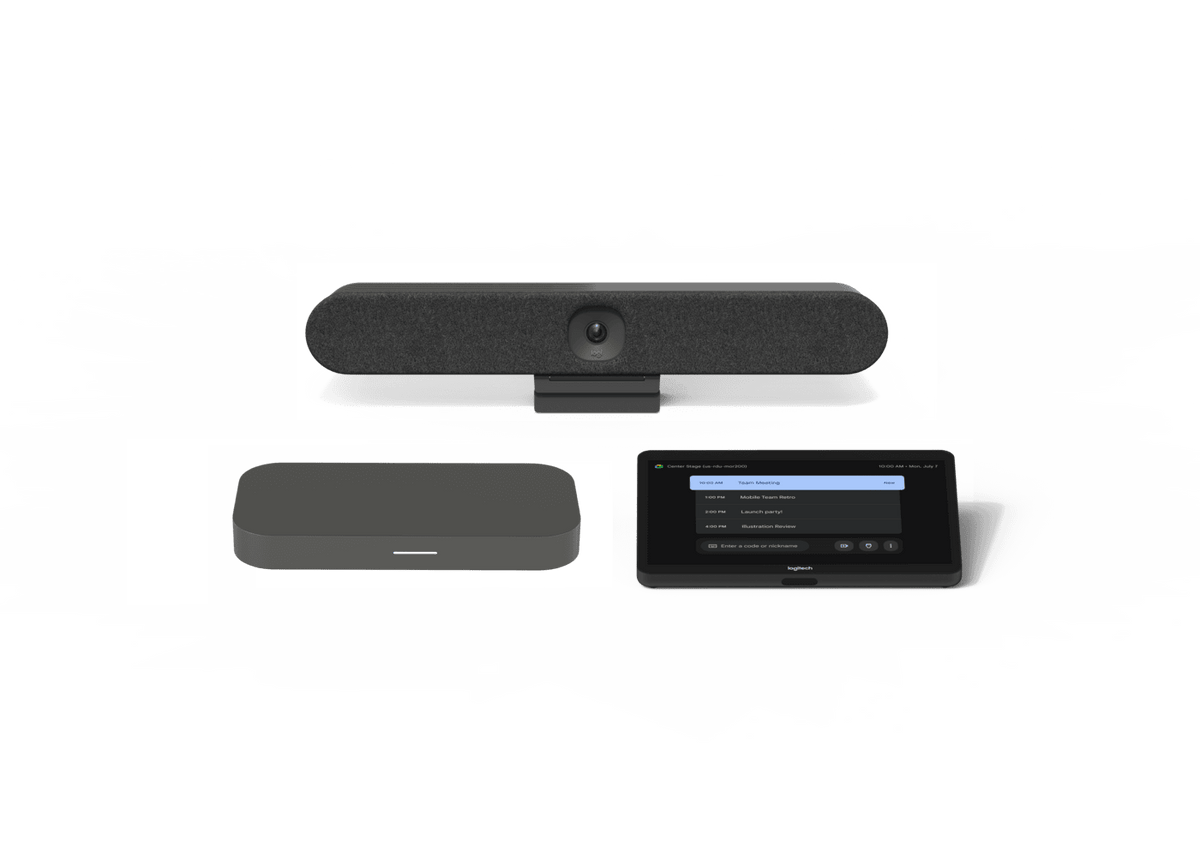The COVID-19 pandemic has forced households across the country to work and learn from home indefinitely. While more privileged families may have high-speed internet and connected mobile devices for each family member, for many underprivileged families, having internet access and a computer for each family member is a luxury that they cannot afford. Furthermore, without any digital devices at home, some children in disenfranchised communities are left behind academically and cannot compete with their more-well-equipped peers. COVID-19-related lockdowns have widened the technology gap between privileged and underprivileged communities, and it is important to help reduce it by distributing technology devices to families in need.
A 2019 FCC report showed that 21.3 million Americans lack broadband access. When COVID-19 forced schools to close, many underprivileged students lost access to school-based computers and high-speed internet, leaving them unable to keep up with their more-privileged peers, who have this technology at home.
Also, underprivileged children whose education has been hurt by lack of access to technology have often been impacted by the loss of family income. Low-income workers have been among those most likely to lose their jobs because of COVID-19-related layoffs. This can increase students’ stress at home, which can make successful remote learning even more difficult.
Using Technology to Decrease the digital divide
While the digital divide is a problem created by disparities in technology access, some technology is becoming less expensive, and more capable of providing internet access that is not tied to a specific location.
Chromebooks are inexpensive laptop and tablet computers that run Chrome OS, a simple, cloud-focused operating system similar to the Google Chrome browser. Their simplicity makes Chromebooks intuitive, easy to use, reliable, and easy for organizations to deploy and maintain. Chromebooks have built-in integration with Google Workspace, a suite of free productivity and collaboration tools that includes Google Docs for word processing, Google Drive for cloud storage, and Google Meet for video conferencing. Chromebooks are highly portable and can access the internet through Wi-Fi, including public Wi-Fi hotspots. Some Chromebook models, such as the Intel-powered CTL Chromebook NL71CT-LTE, also include integrated LTE data connectivity, allowing access to the internet anywhere without the need for Wi-Fi.
For these reasons, Chromebooks are a promising tool for education, government, and non-profit organizations to help close the homework gap by bringing technology to vulnerable and underrepresented families.
Learn More
Learn more about the innovative ways technology, including Chromebooks, is being used to reduce the homework gap by downloading the whitepaper “COVID-19 Amplified the Digital Divide. How Technology, Such as Chromebooks Can Bridge the Technology Gap for Vulnerable and Underrepresented Communities.”




